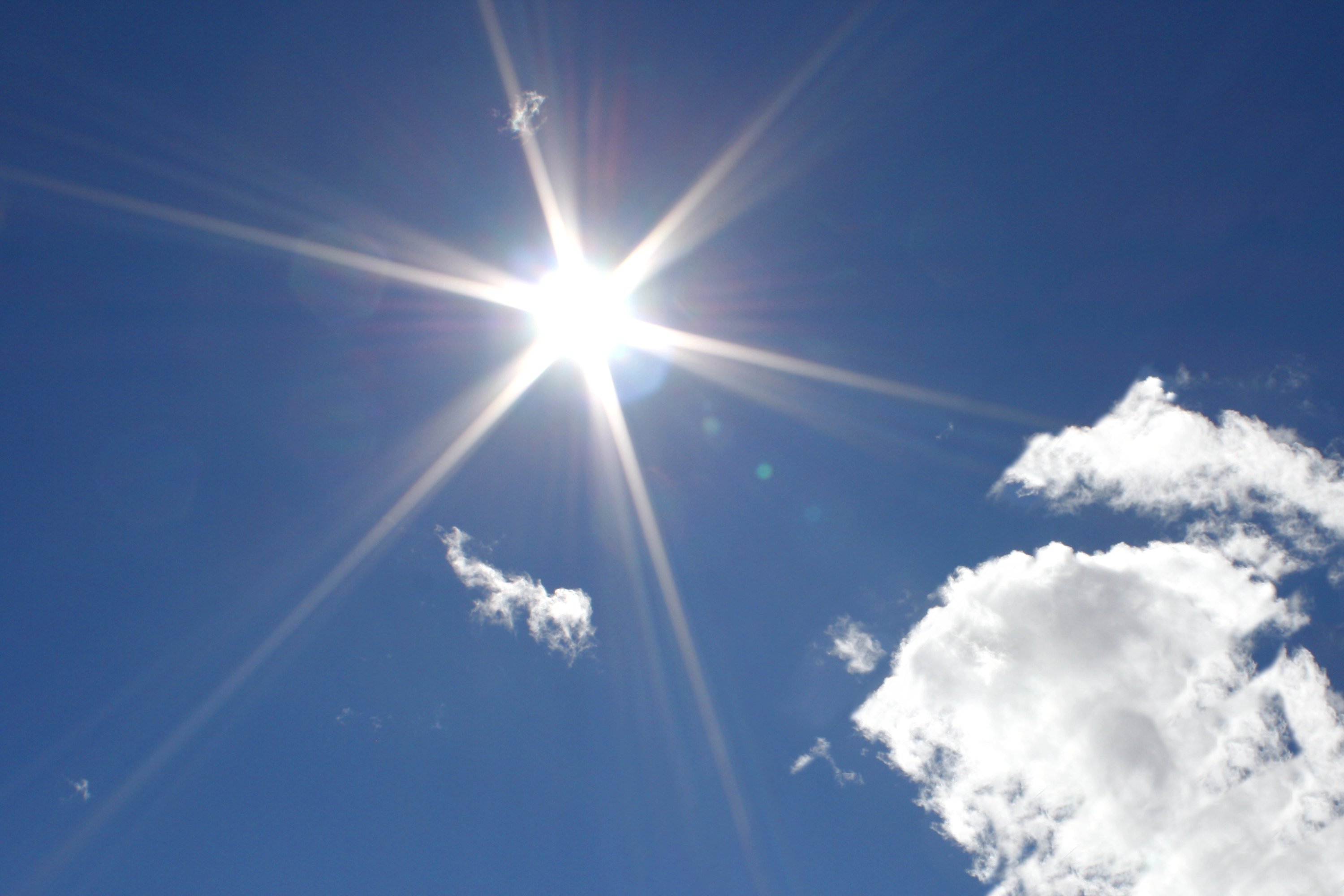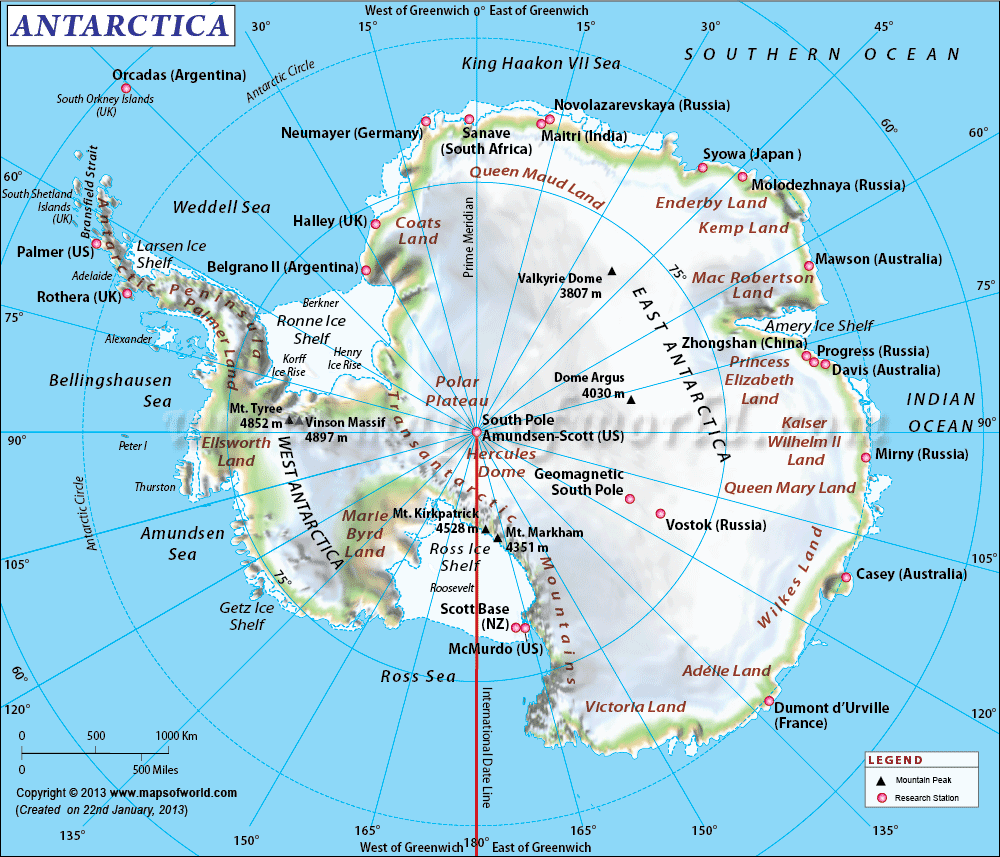Now since you've piled questions on me like steaming loads of shit, how about I dump on you instead?
The fact that we can't observe sidereal days. That all days set and rise more of less the same.
The fact that we can't observe water ever sticking to a ball. We have all this "science" ironically based on what we can't know.
The fact that gravity never has been proven in any meaningful way that couldn't be explained by other existing forces.
If we have all these satellites as you say, ummm why do we still have extensive fiberoptic systems, land-based broadcast towers, etc? Shouldn't something way in the sky blanket the area with coverage? Yet the signal seems to crap out when you travel to mountains above the towers. And it seems to go down with rough weather which shouldn't affect anything in space.
We literally live in an age where holograms can make anime characters look fully 3D. Prove you actually saw the ISS.
I can't think of more offhand. Sorry, but I'm not like a bitter housewife holding on to a list.
In order:
"The fact that we can't observe sidereal days. That all days set and rise more of less the same."
Bullshit! Astronomers routinely observe and work with sidereal days. The reason a given star transits every 23h56m4.1s and the sun transits every 24h00m00.0s on average is the difference between sidereal and mean solar days. That 4 minute difference can be observed when a telescope on a good mount is set to track at the mean solar rate instead of sidereal rate; over a period of a few hours, there can be noticeable drift - up to about 1/8 degree (that's a lot to an astronomer) in three hours if you're tracking at solar rate when looking at a star or sidereal rate when looking at the sun.
You could see this, too, without much more than an accurate timepiece if you could be bothered to try - it's not even that hard but does require a modicum of effort. Note the time a bright star rises in the night for a week or longer. After one week it rises almost half an hour earlier (7 × 3m56s = 27m32s). After a month it rises two hours earlier. Six months later, the star rises 12 hours earlier in the day.
This also shows the second part of your assertion is wrong. Rising and setting times are clearly not the same for stars; they change completely over the course of a year.
They aren't even approximately the same for the sun if you are away from the equator. In mid and high latitudes, sunrise and sunset times vary by hours at different times of year. In polar regions the sun doesn't rise or set at all on some days. In case you're confused about the reason for this, it's because the earth is spherical and unrelated to the difference between sidereal and mean solar time.
"The fact that we can't observe water ever sticking to a ball. We have all this "science" ironically based on what we can't know."
By "observe water sticking to a ball" I presume you mean a spherical object - something like a basketball, handball, pool ball, bowling ball, etc. - near the surface of the earth. Try this: take a basketball (etc.) and spray it with a hose, or leave it outside in the rain, or dip it in a water-filled basin (if it floats and can't be submerged, rotate it so it gets wet all over). Does the outside of the ball stay wet until the water evaporates after being removed from the rain, spray, or tub? Congratulations... you have seen water sticking to a ball.
Note that this water is adhering to the surface because of electrostatic forces, not gravity. The gravitational effect of the minuscule (compared to the earth) ball is completely negligible compared with the gravitational force of the enormously large (compared to the ball) and nearby earth. No matter... you claimed "we can't observe water sticking to a ball", but "we" do and
you can if you actually try.
"The fact that gravity never has been proven in any meaningful way that couldn't be explained by other existing forces."
What other existing forces? The fundamental forces known in physics are electromagnetic, the strong and weak interactions, and gravity. All of these have different characteristics so they cannot be substituted for one another. All of them have been well characterized, however, and the behavior of real objects due to their effects can and are be accurately predicted up to galactic scale. "Proven?"
Ain't possible in science.
I'll break up the next set of claims:
"If we have all these satellites as you say, ummm why do we still have extensive fiberoptic systems, land-based broadcast towers, etc? Shouldn't something way in the sky blanket the area with coverage?"
Everything is a compromise; some things are better in some ways and worse in others in terms of cost, coverage, bandwidth, and convenience.
Fiber optics have enormous bandwidth compared to RF-based systems but require a lot of infrastructure to install and maintain.
Receivers for terrestrial broadcasts are cheap to manufacture because the received signal strength is comparatively high and the frequencies involved are relatively easy to work with. The limited range of broadcast antennas is both an advantage and disadvantage: it's a disadvantage because you obviously need more of them to cover a large area, and remote places where you can't build towers (like the oceans away from land and other very sparsely-populated places) won't have any coverage; an advantage because the same part of the spectrum can be shared by different transmitters without interference if they're far enough apart, which makes up somewhat for the comparatively limited bandwidth - this is a basic operating principle of the cell phone system: it's based on varying, but limited size "cells" of coverage depending on how many phones are expected in a given area - the same limited spectrum can be reused in different cells that are far enough apart that one can't hear signals in the other; cells that are closer together use a different part of the spectrum so they don't interfere with each other.
Satellites, as you note, can have large "footprints" (cover large areas at the same time). But they are expensive to manufacture, operate, have limited lifespan, and cannot be serviced once launched. If they are in geostationary orbit, they have to be so far away that the received signal level on earth is so low that they require accurately pointed large high-gain antennas, extremely sensitive receivers, or both, which adds to cost and inconvenience; they also have to support very high bandwidth so they can provide a lot of different programming at the same time, which requires higher frequencies, which require more sophisticated (i.e. expensive) equipment to transmit and receive (and see below for other less-desirable effects). If they are in low or medium-height orbits, they can provide stronger signals at the receiver, and each satellite may not need as much bandwidth to be practical so they can use lower frequencies and cheaper hardware, but they move fast and have smaller footprints so the entire system must be more complex and requires a lot more satellites to provide adequate coverage at a given location.
"Yet the signal seems to crap out when you travel to mountains above the towers. And it seems to go down with rough weather which shouldn't affect anything in space."
Remember those "other effects" mentioned above? Here they are. The very, very short wavelengths necessary to make broadcasts from high orbits mean the signals don't penetrate or go around obstructions like mountains at all and are limited to strictly line of sight - if you can't see the point in the sky where the satellite is because there's a mountain in the way, you probably can't receive its signal, either.
The satellites are in space, but the signals must travel through the atmosphere to reach the ground. Those uber-short wavelengths (which are necessary to make the economics work) are more strongly attenuated by water droplets in the air than longer wavelengths used by terrestrial TV and radio are, so thick cloud cover can reduce the signal strength to below the level needed to receive.
Satellites are about the only viable option for mid-ocean communications other than shortwave radio, which has its own serious limitations.
Everything is a compromise.
"We literally live in an age where holograms can make anime characters look fully 3D. Prove you actually saw the ISS."
There is that word "prove"
again.
The
evidence that it's what it is said to be, a satellite in low-earth orbit is the fact that its location at any time can be predicted based on nothing more than six numbers describing its orbit, its apparent position from a given spot on earth is exactly as predicted, its apparent position from even a relatively short distance away changes enough to be consistent with its calculated distance from the observers, and when viewed and photographed through telescopes it looks like it's described. There are hobbyists that watch for ISS transits of the moon and sun. To be successful doing this requires being in exactly the right place within a few kilometers and watching at the right time within a fraction of a second. See
https://transit-finder.com/ for examples of predictions for ISS and Tiangong. If there's a lunar transit predicted for near where you are, get the latest prediction, find a spot on the predicted path, and watch for it. If it's near dusk or dawn you don't even need a telescope because you should be able to see the bright satellite pass right "through" the moon. If it's well before or after dawn or dusk, you will need a 'scope and accurate time because the satellite won't be visible (it's in earth's shadow so it's dark) until it wooshes in front of the moon briefly; you will need accurate time so you know exactly when to be looking - don't blink!
Are you suggesting that there's a world-spanning hologram? What were satellites before the age where holograms of any size existed?









